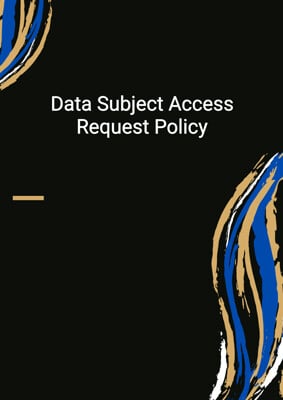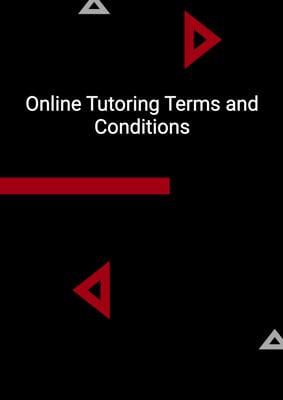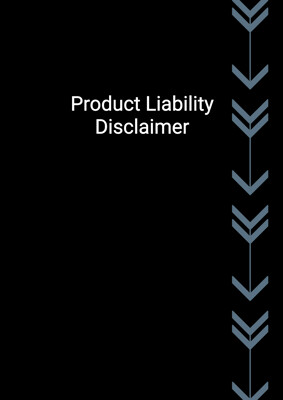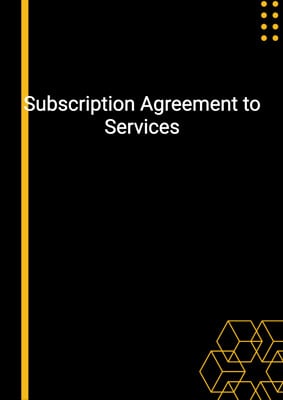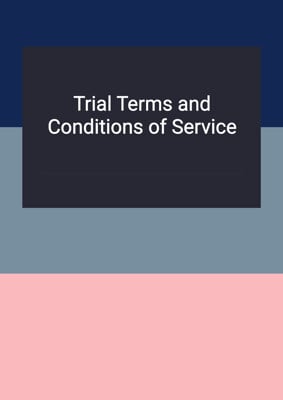How to Tailor the Document for Your Need?
01
Create Document
Fill in the details of the parties. You can click the "Fill with Member’s Information" button to complete it with information saved to your account.
02
Fill Information
Please fill in any additional information by following the step-by-step guide on the left hand side of the preview document and click the "Next" button.
03
Get Document
When you are done, click the "Get Document" button and you can download the document in Word or PDF format.
04
Review Document
Please get all parties to review the document carefully and make any final modifications to ensure that the details are correct before signing the document.
Document Preview
Document Description
The Subscription Agreement to Services is a document that outlines the terms and conditions for subscribing to a service provided by a company. It is important because it establishes a legally binding agreement between the company and the subscriber, ensuring that both parties are aware of their rights and obligations.
The entire document is divided into several sections, each addressing different aspects of the agreement. The background section provides an overview of the agreement and states the agreement's purpose. It also introduces the parties involved, namely the company and the subscriber.
The interpretation section defines key terms used throughout the agreement, ensuring clarity and understanding. It includes definitions for terms such as 'agreement,' 'confidential information,' 'intellectual property rights,' and 'service period.'
The supply of services section outlines the company's responsibilities in providing the service to the subscriber. It specifies that the service period will commence on a specified commencement date and continue for a defined period unless terminated earlier. It also addresses the termination and renewal of the agreement.
The company's responsibilities section highlights the obligations of the company during the service period. This includes providing the service in accordance with the service plan, notifying the subscriber of any delays or problems, and complying with applicable laws and regulations.
The subscriber's obligations section outlines the responsibilities of the subscriber during the service period. This includes adhering to the terms and conditions of service, obtaining necessary consents and licenses, and not using the service for illegal purposes.
The fees section specifies the subscription fees and payment terms. It states that the subscriber shall pay the fees in term installments and outlines the consequences of late payment or non-payment.
The confidentiality section emphasizes the importance of keeping the terms of the agreement and any confidential information confidential. It restricts the disclosure of confidential information to third parties without prior approval.
The intellectual property section addresses ownership rights and usage of company proprietary rights. It grants the subscriber limited rights to use the information from the service during the service period.
The termination section outlines the circumstances under which either party can terminate the agreement. It also states that certain obligations and restrictions will survive the termination of the agreement.
The force majeure section addresses the parties' obligations in the event of unforeseen circumstances or events beyond their control.
The assignment and other dealings section restricts the assignment or transfer of rights and obligations under the agreement without prior written consent.
The variation section states that any changes to the agreement must be in writing and signed by both parties.
The waiver section clarifies that the failure or delay to exercise any right or remedy under the agreement does not constitute a waiver of that right or remedy.
The no partnership or agency section confirms that the agreement does not establish a partnership or agency relationship between the parties.
The entire agreement section states that the agreement supersedes any previous agreements or understandings between the parties.
The severance section addresses the invalidity or unenforceability of any provision in the agreement and how it should be modified or deleted.
The notices section specifies the methods and timing of delivering notices between the parties.
The counterparts section allows the agreement to be executed in multiple counterparts, with each counterpart constituting a duplicate original.
The right of third parties section clarifies that third parties have no rights to enforce the terms of the agreement.
The governing law section states the jurisdiction and governing law that will apply to the agreement.
How to use this document?
1. Review the agreement: Familiarize yourself with the Subscription Agreement to Services document and understand its importance in establishing a legally binding agreement between the company and the subscriber.
2. Understand the background: Read the background section to gain an overview of the agreement and the parties involved.
3. Interpret key terms: Refer to the interpretation section to understand the definitions of key terms used throughout the agreement.
4. Review supply of services: Understand the company's responsibilities in providing the service, including the service period, termination, and renewal.
5. Understand company's responsibilities: Familiarize yourself with the obligations of the company during the service period, such as providing the service in accordance with the service plan and complying with applicable laws.
6. Review subscriber's obligations: Read the section on the subscriber's obligations to understand their responsibilities, including adhering to the terms and conditions of service and not using the service for illegal purposes.
7. Understand fees and payment terms: Review the fees section to understand the subscription fees, payment terms, and consequences of late payment or non-payment.
8. Maintain confidentiality: Take note of the confidentiality section and ensure that any confidential information is kept confidential and not disclosed to third parties without prior approval.
9. Intellectual property rights: Understand the ownership rights and limitations on the use of company proprietary rights as outlined in the intellectual property section.
10. Termination and survival of obligations: Familiarize yourself with the termination section and the obligations that will survive the termination of the agreement.
11. Force majeure: Take note of the force majeure section and understand the parties' obligations in the event of unforeseen circumstances.
12. Assignment and dealings: Understand the restrictions on assigning or transferring rights and obligations under the agreement without prior written consent.
13. Variation: Note that any changes to the agreement must be in writing and signed by both parties.
14. Waiver: Understand that the failure or delay to exercise any right or remedy under the agreement does not constitute a waiver of that right or remedy.
15. No partnership or agency: Recognize that the agreement does not establish a partnership or agency relationship between the parties.
16. Entire agreement: Understand that the agreement supersedes any previous agreements or understandings between the parties.
17. Severance: Take note of the severance section and how provisions may be modified or deleted if deemed invalid or unenforceable.
18. Notices: Familiarize yourself with the methods and timing of delivering notices between the parties.
19. Counterparts: Understand that the agreement may be executed in multiple counterparts, with each counterpart constituting a duplicate original.
20. Governing law: Note the jurisdiction and governing law that will apply to the agreement.
Not the right document?
Don’t worry, we have thousands of documents for you to choose from:







